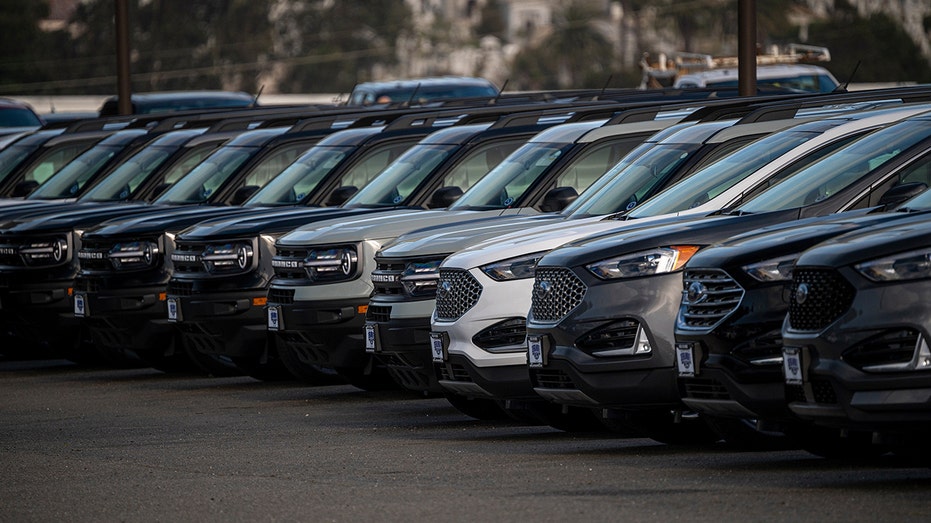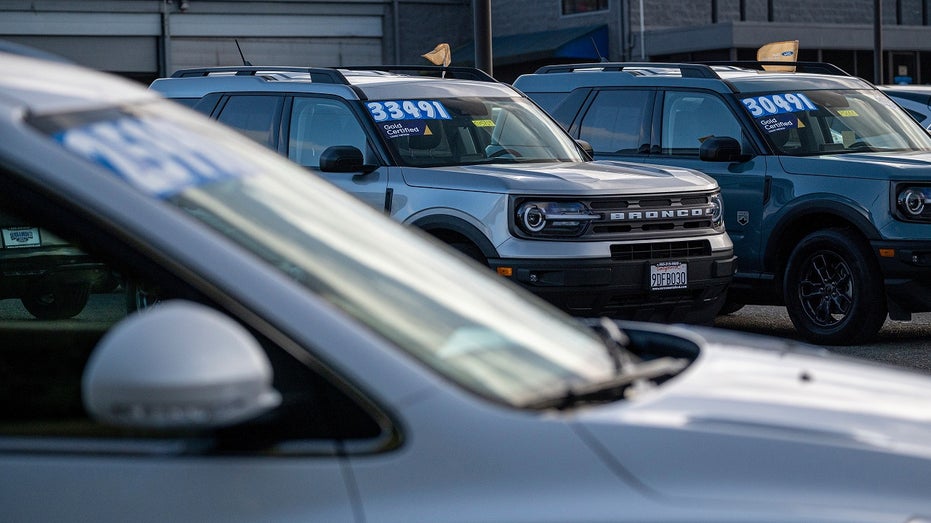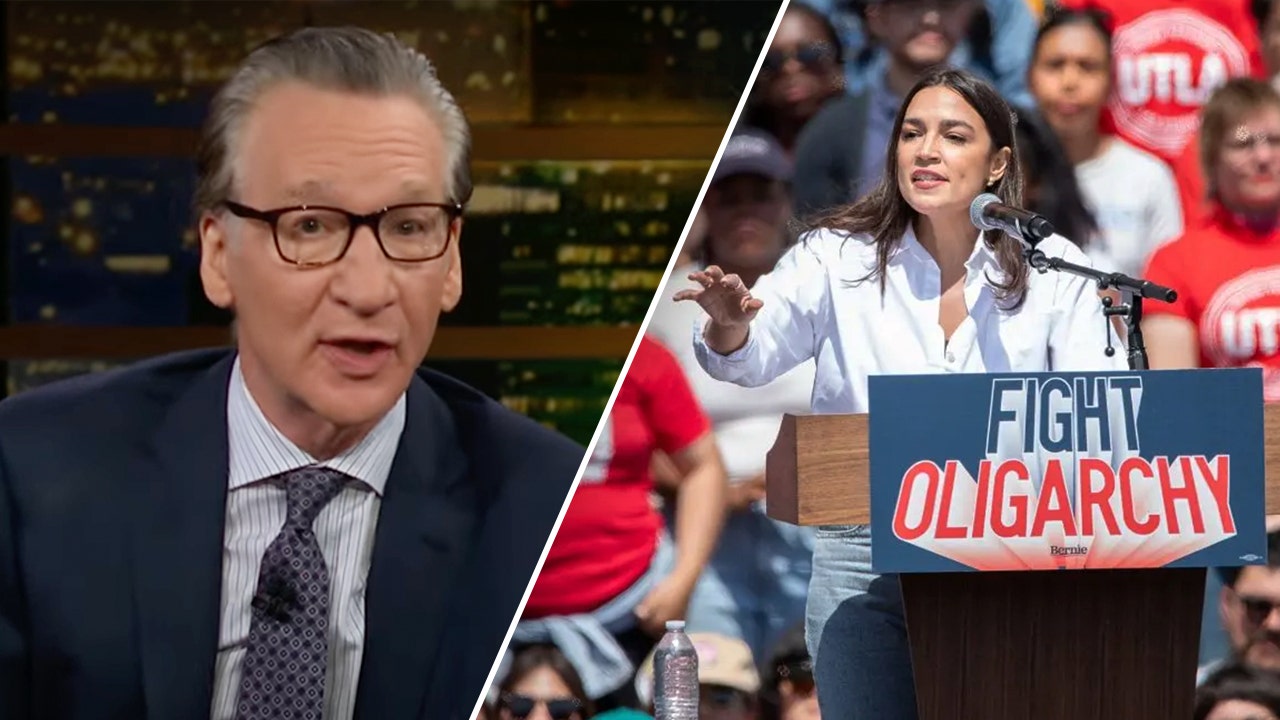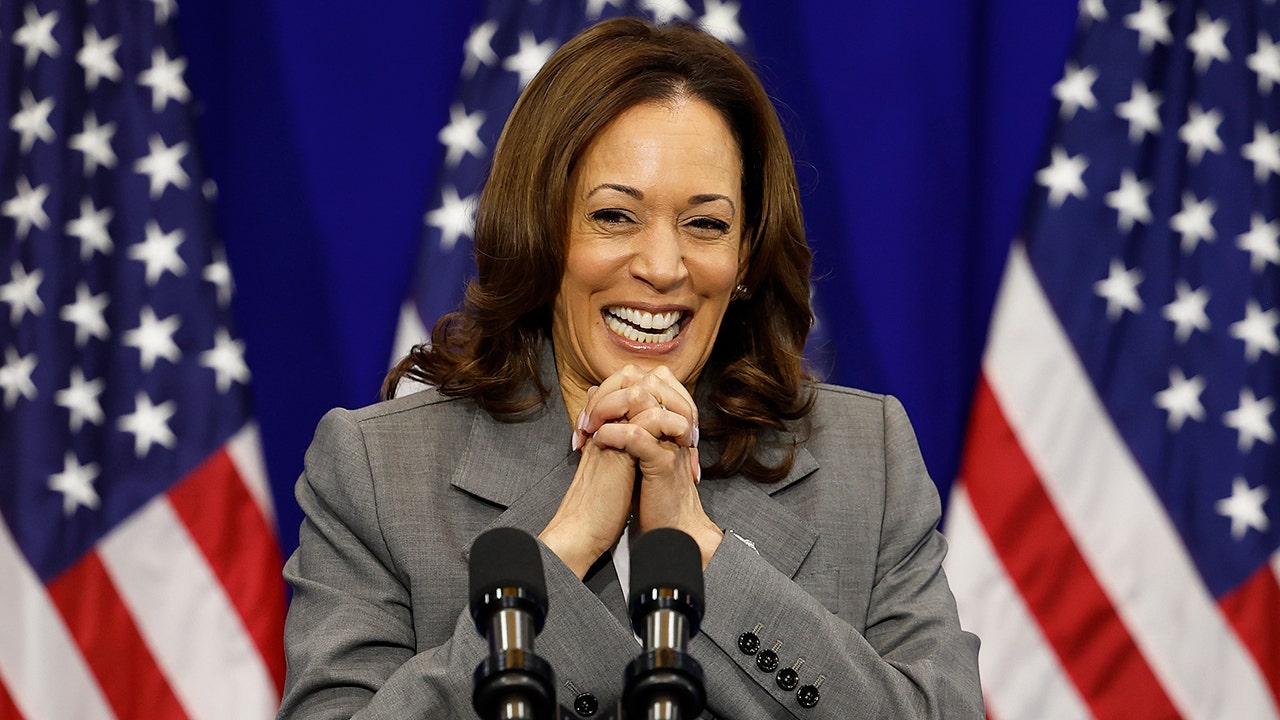Car experts are concerned that President Donald Trump’s tariffs could make entry-priced vehicles unaffordable for buyers.
About 90% of affordable vehicles – what Cars Commerce defines as those priced under $30,000 – are made outside the U.S., which puts them at risk of potential price hikes or production cuts, according to Jennifer Newman, editor-in-chief of Cars.com. Cars Commerce is a platform that includes the flagship Cars.com.
Budget-friendly models are already in short supply, and, according to Newman, Trump’s auto industry tariffs could lead manufacturers to further scale back production.
Currently, cars priced under $30,000 account for just 14% of new-vehicle inventory, according to data from Cars Commerce. That’s down significantly from 38% during the 2019-2021 period, according to the data.
Trump imposed a 25% tariff in April on all imported passenger vehicles. This includes sedans, SUVs, crossovers, minivans, cargo vans and light trucks. It also hits key automobile parts such as engines, transmissions, powertrain parts and electrical components.
CAR DEALERS MOVE TO COMBAT IMPACT OF TRUMP AUTO TARIFFS WITH AI TOOLS
The administration is also planning to impose a separate 25% tariff on auto parts starting on May 3. Initially, parts that comply with the United States-Mexico-Canada Agreement (USMCA) will be exempt, though the Commerce Department is expected to develop a plan to impose the tariff on non-U.S. components. The agency is also expected to establish a process for imposing tariffs on other auto parts by late June.
HONDA CONSIDERS MOVING SOME MEXICO, CANADA PRODUCTION TO US DUE TO TARIFFS: REPORT
Automakers don’t make as much profit on affordable vehicles, so if prices rise, there’s a good chance they’ll start pulling back on those models in favor of higher-priced ones, which yield bigger margins, Newman said.

“What we saw during the pandemic is that when automakers had to make hard choices about which vehicles they were going to put their limited supplies of chips and parts into, they went with the vehicles that were higher priced because they made a little more money on them,” Newman said. “With tariffs, we could see automakers re-evaluate their full lineup and cut their lower-cost vehicles instead of eating the cost.”
As automakers work to prioritize certain vehicles, demand for those models will rise. Newman said the issue is that dealers will be aware that consumers have limited options and would likely increase prices, knowing buyers will pay out of necessity.
Currently, the average price of a new car is around $49,000, according to Kelley Blue Book data. That figure has remained steady for the past 18 months but is still about 30% higher than in the first quarter of 2019, according to data from Cars Commerce. During the COVID-19 pandemic, when supply was severely limited, average prices peaked at approximately $54,000.
“We’re looking at it as a bit of a perfect storm, honestly, for our shoppers,” she said, adding that the difficulty is the “unpredictability of what the future holds.”
The used car market will also feel the impact, as it is closely tied to the new car market, according to Newman.

“I know a lot of shoppers see them as two different things. They’re not. They’re connected. And, so, because of that, when there’s tightness on the new cars side, people shift to used cars,” she added.
However, supply is also constrained in the used car market – particularly for vehicles less than six years old, according to Newman. As a result, budget-conscious shoppers will need to consider older, higher-mileage cars. That likely means more frequent repairs, which could become costlier as tariffs drive up prices and make parts harder to source.
Read the full article here











